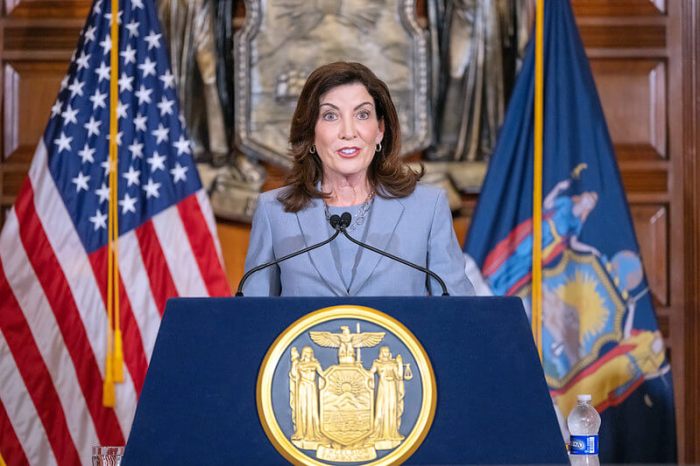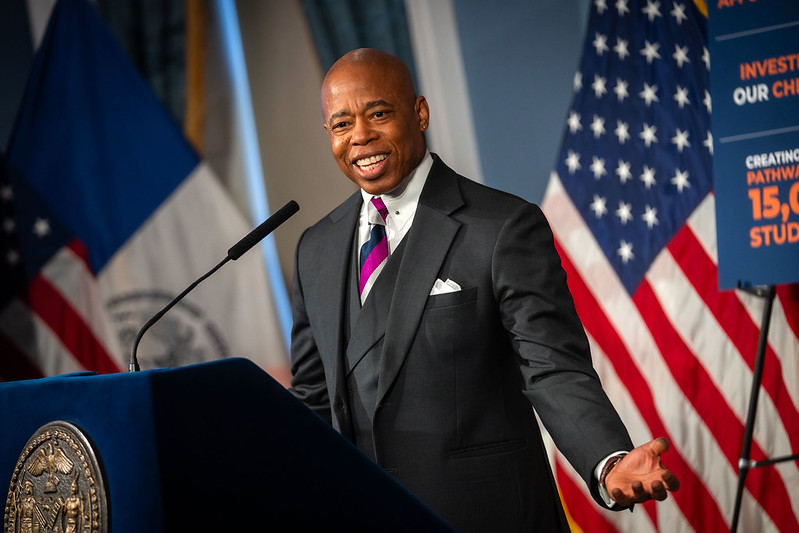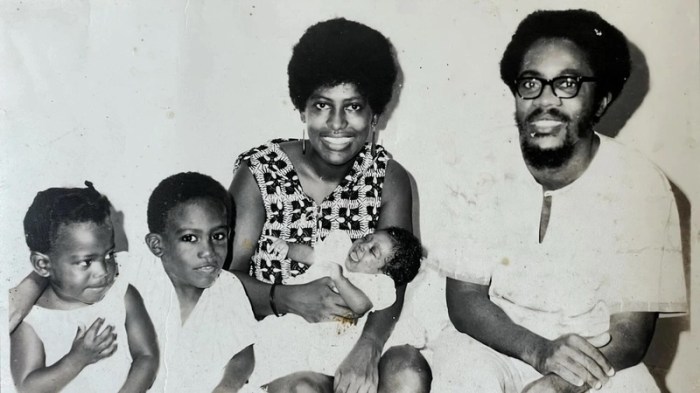Emma Lazarus’s sonnet — “Give me your tired, your poor, your huddled masses yearning to breathe free” — greeted generations of immigrants.
But as we observe the 125th anniversary of the dedication of the Statue of Liberty, those words, inscribed at its base, have been turned on their heads. Many of Lazarus’s tired and poor may today be found in immigrant detention facilities, part of an enormous backlog of deportation cases that grows larger by the day. Last year, the Department of Homeland Security deported nearly 400,000 people; its secretary, Janet Napolitano, recently promised to increase removal cases to “historic levels.”
Immigration and Customs Enforcement received more than $1.6 billion for removal and deportation in the last fiscal year. It can cost $23,000, by some estimates, to remove someone from the United States.
Though it has assured Congress that it concentrates on those who pose a danger to public safety, the agency often deports immigrants guilty only of technical violation of the immigration laws. A study group based at Syracuse University analyzed 187,000 immigration cases that were completed in the 10 months that ended on July 31. Of those cases, 81 percent involved only procedural, not criminal, wrongdoing. Of all the accused foreigners, only two were charged with terrorist activities. Neither was ultimately convicted of terrorism, and the immigration court even granted one of them permanent resident status.
Our restrictive immigration laws are bad enough — separating families, sending refugees like Haitians back to devastated countries, denying jobs to foreign students — but how they are administered is even worse. Some immigrants languish in privately operated detention facilities for months, denied any civil rights, until they are deported. Immigration agents profile people improperly, based on their apparent race or religion, detaining them at will.
I first became aware of these ludicrous enforcement practices in May 2003. I received an urgent call on behalf of Julie Gavras, whose father, the filmmaker Costa-Gavras, is a friend.
She had flown to Kennedy Airport to visit her father, who was directing a group of artists at Lincoln Center in a program to mark the forthcoming 2004 Olympics in Athens. She had a ticket to return to Paris in less than a week. The offense that led to her detention was her having overstayed a tourist visa years earlier. Representatives of the Greek and French governments, and other prominent people, called on I.C.E. officials at the airport, but each was told that “the law is the law,” and that Ms. Gavras would have to remain in detention until she returned to Paris.
I spoke with the I.C.E. official at the airport and met the same refusal. I finally asked him, “Why don’t you treat her like an ordinary criminal? Parole her into my custody, and I will be responsible for seeing that she is on a flight to Paris in five days.” After conferring by phone with persons unknown, he reluctantly granted my request. Ms. Gavras was able to join her father for the performance.
After that episode, I started paying more attention to immigrant detention and removal. I found that Ms. Gavras’s experiences have been repeated thousands of times. Unfortunately, there is seldom anyone to intercede.
There was a time when immigrants were treated with compassion. Lazarus’s experiences at Wards Island, then a station for sick and destitute arrivals, sensitized her to the plight of immigrants and inspired her to give such a powerful voice to the statue. Let us honor Lady Liberty by heeding Lazarus’s stirring words.
Robert M. Morgenthau was the Manhattan district attorney from 1975 to 2009.




















